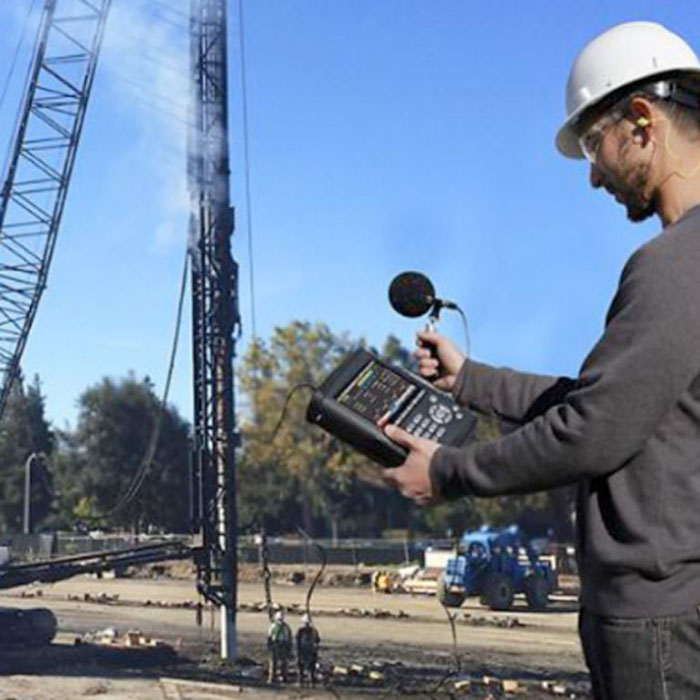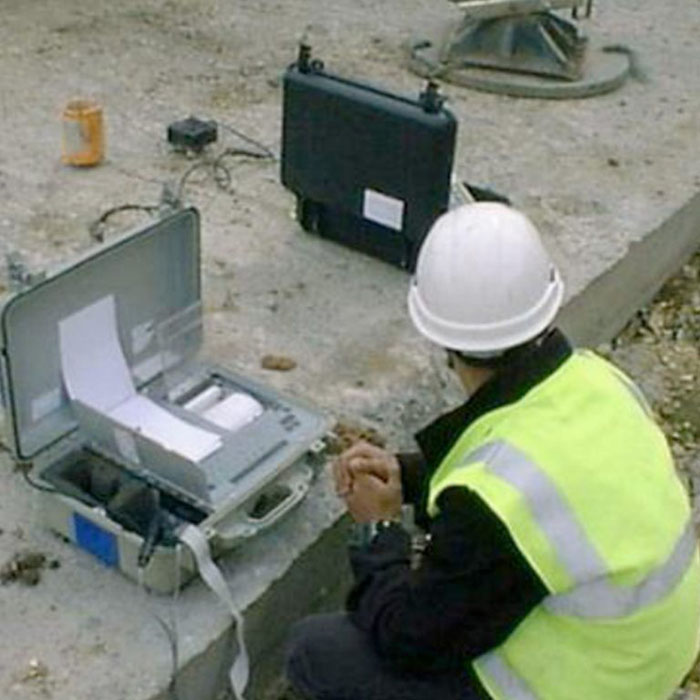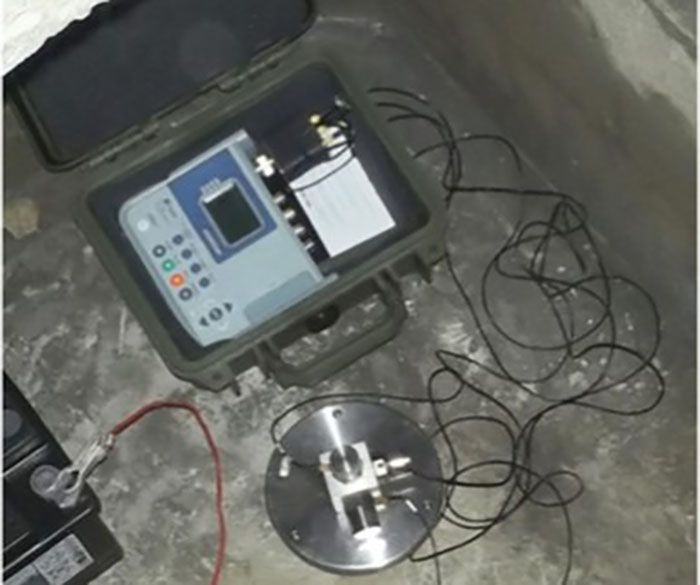
BHATE Geosciences provides noise and vibration monitoring services in a variety of environments such as:
- Hospitals and healthcare facilities
- Educational institutions
- Industrial facilities
- High sensitivity laboratory and computer equipment areas
- Historic structures
- Construction vibrations due to heavy equipment or pile driving
- Building demolitions
- Mechanical and HVAC equipment
- Transportation and traffic
Because of complexities involved in human response to noise and vibration, the level of annoyance experienced by the occupants can vary widely. American National Standard Institute (ANSI) Standard S3.29-1983, “Guide to the Evaluation of Human Exposure to Vibration in Buildings” includes “base-response curve values” in relation to human perception used as an evaluation tool.
Noise is typically defined as unwanted or undesirable sound. The basic parameters of environmental noise that affect human subjective response are intensity or level, frequency and variation with time.
Vibration in buildings can be caused by many different external sources, including industrial, construction and transportation activities. Vibration in buildings may also occur from internal sources (within a building structure), such as mechanical vibration sources in buildings, human activity or adjoining structures.
What are the reasons for geotechnical noise and vibration monitoring?
- By monitoring ground vibrations, our geotechnical engineers can understand how much stress a surrounding area is exposed to and determine if a site is safe.
- Excessive vibrations from construction sites can cause damage to nearby buildings or onsite equipment and structures.
- Excessive structural vibrations can interfere with operation of sensitive equipment, adversely affect performance and occupant comfort.
- In a hospital environment, vibration concerns relate to such sensitive areas as operating rooms, microsurgery suites, pathology labs and in-patient areas.
- Operation of devices as magnetic resonance imaging (MRI), CT Scans, cyclotrons for proton beam therapy and lab equipment can be impacted.
- Historical buildings can have low structural tolerances for ground vibrations and be expensive to repair. Geotechnical monitoring can help building owners understand the surrounding area and be advised when action might need to be taken for repairs.
BHATE Geosciences professionals can develop a noise and vibration monitoring program to meet your specific needs.



